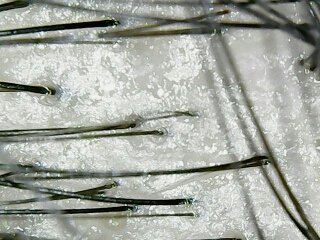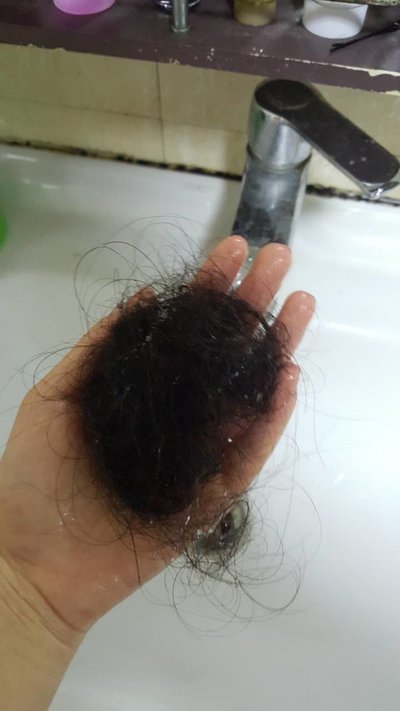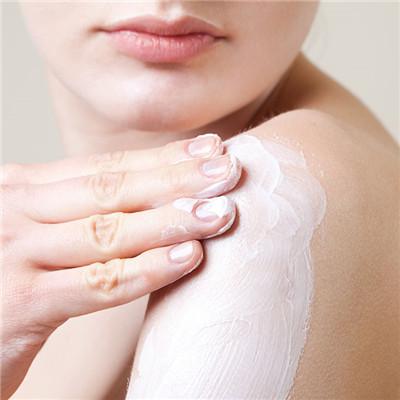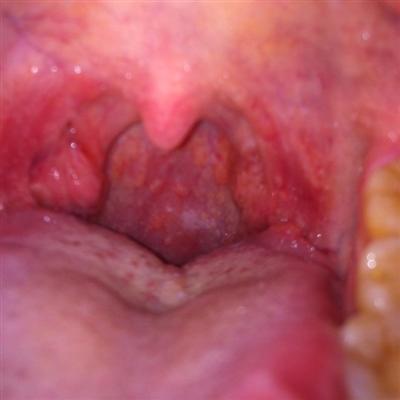Symptoms of alopecia folliculitis
summary
Alopecia folliculitis is a rare inflammatory disease of scalp neutrophil. This disease is more common in patients with seborrheic dermatitis of the head. It is caused by Staphylococcus aureus infection. It can involve any hairy part and cause progressive cicatricial alopecia. The progress of the disease is slow, and the severity of inflammatory changes varies after several years and decades. The symptom of alopecia folliculitis? Let's talk about it
Symptoms of alopecia folliculitis
In men, it occurs from puberty to old age, while in women, it occurs from 30 to 60 years old. It can affect any hairy part, especially the scalp, usually in one place, or at the same time.

At the beginning, there are many follicular papules on the scalp, the size of rice grains to soybeans, gradually develop into small pustules, pustules can appear in groups, usually without conscious symptoms, occasionally accompanied by pruritus. The pustule is broken, purulent, dry and scabby. After the scab is healed, atrophic scar is left, and the hair on the scar falls off and no longer grows.

The damage progressed slowly and occurred repeatedly. Often appear in the edge of alopecia scar follicular inflammatory pustules, followed by the formation of atrophic alopecia scar, resulting in a growing range of alopecia. In addition to the scalp, beard, axillary hair, pubic hair can also occur.

matters needing attention
The limited damage can be treated with antibiotics and glucocorticoid ointment. Antibiotics should be taken orally for generalized lesions, and glucocorticoids and antibiotics should be used in very serious cases. If the pustule has been formed, it should be cut and drained as soon as possible and treated with sensitive antibiotics.













